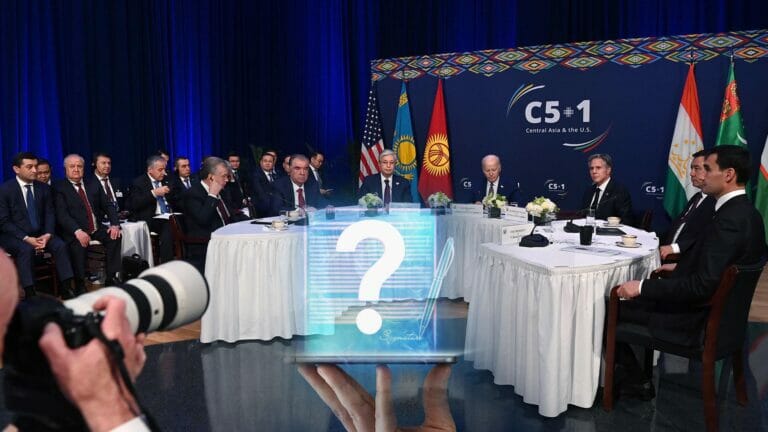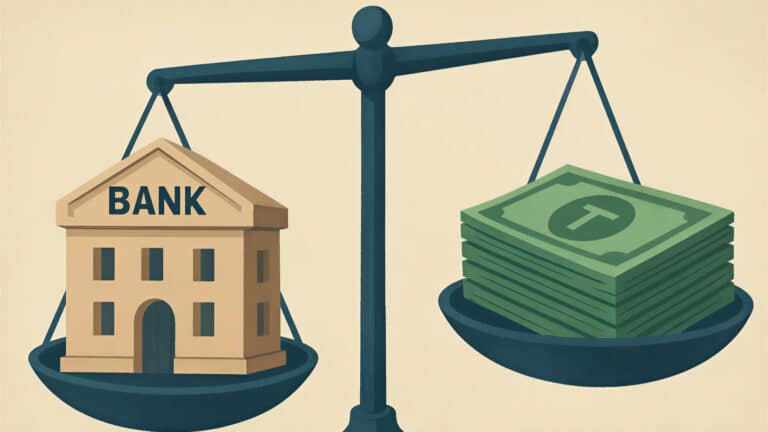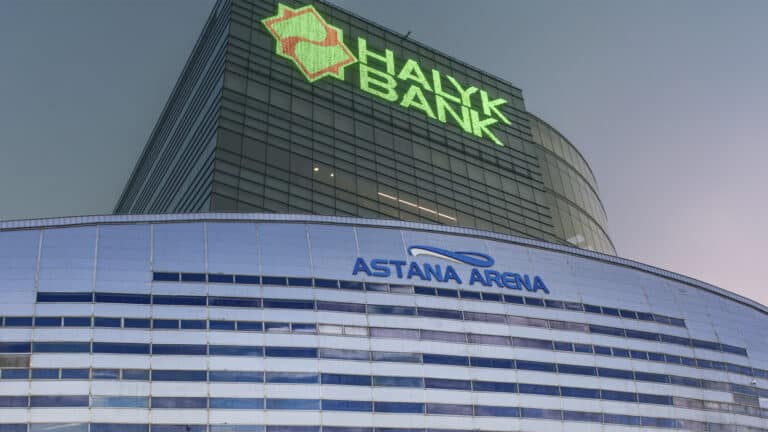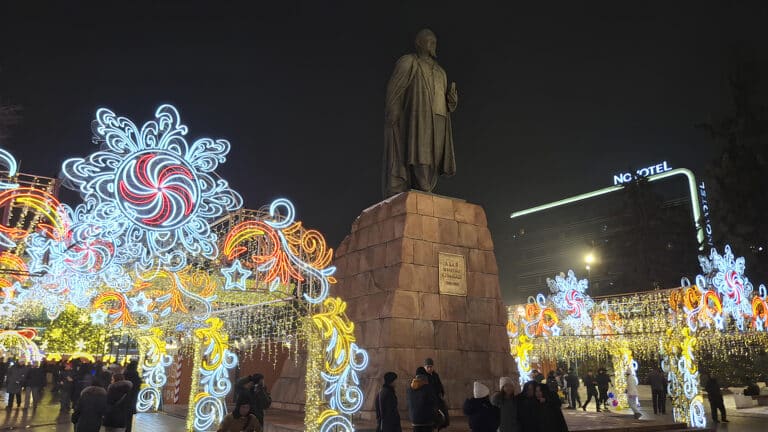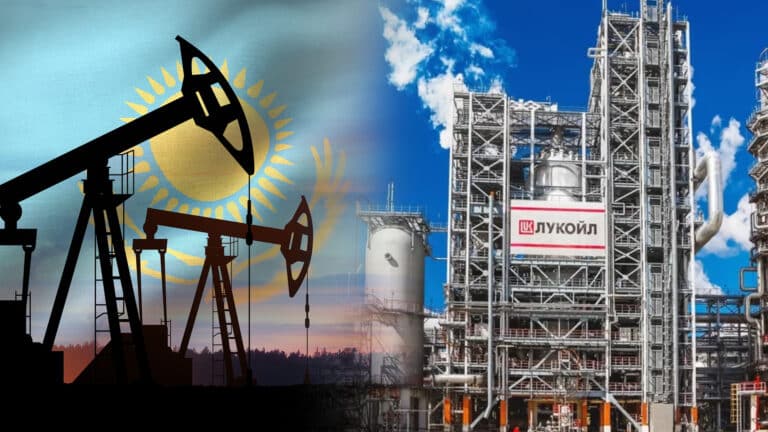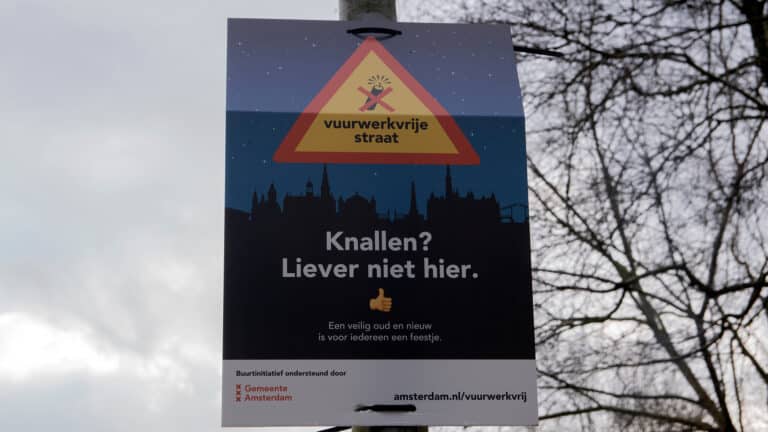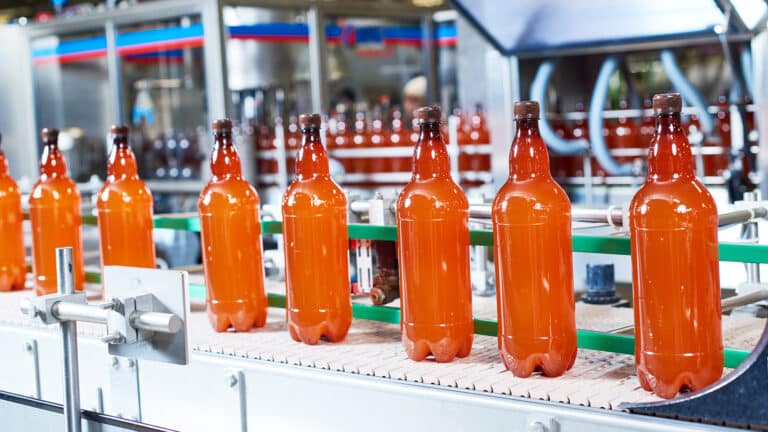Early this week, protesters took to the streets in Kyrgyzstan. In South Caucasus where two neighboring countries fight each other, people die. Belarus found itself amid a deep political crisis. Russia – the biggest economy of the EEU and Kazakhstan’s main trade partner – is under threat of new Western sanctions. How are all these countries that are also members of the common custom zone doing?
Kyrgyzstan
On October 4, Kyrgyzstani people vote in a parliamentary election that has ended in street protests, riots and attacks on governmental buildings. Above all, protesters released from prison former president Almazbek Atambayev and other politicians. Sixteen political parties took part in the elections with a voting turnout of 55%. However, only four parties were able to get seats in the local parliament. Among them were Birimdik (24.95%), Mekenim Kyrgyzstan (24.31%), Kyrgyzstan (8.91%) and Butun Kyrgyzstan (7.21%). The first three are considered supporters of the current president Sooronbay Zheenbekov. Not one opposition party took enough votes to get seats in the parliament.
On early Monday morning, groups of people who completely disagreed with the election results went to the so-called government area in Bishkek, capital of Kyrgyzstan. A major part of them were supporters of the Ata Meken party and Social Democratic Party, the main backing force for ex-president Almazbek Atambayev. (After his arrest the party was broken into two parts, one in-step with the current president and another continuing to be loyal to its patron.)
By the evening, the initially peaceful protests turned to violence when people started to throw stones at the police and official forces responded with ribbon bullets and tear-gas. According to official information, one protester died and about 600 were injured, including Ata Meken party leader Zhanar Akayev.
During the following night, protesters managed to occupy the White House (local government building). They burned the building and left it in the morning. At about 5 AM, a group of protesters entered the State Committee for National Security building and released former president Almazbek Atambayev from jail. In June, he was sentenced to 11 years in prison while being accused of a plot to help criminal boss Aziz Batukaev illegally snake out of the country. Batukayev was the instigator of a huge riot in a detention center near Bishkek, where several people, including prominent politicians, were killed.
The case against Atamabev was initiated last year and caused another political crisis in the country. For several days, the law enforcement officials had to keep the house of Atambayev under siege because the ex-president and his associates refused to surrender. One Kyrgyz commando was killed and some other soldiers were captured by Atambayev supporters. Moreover, similar clashes between Atambayev people and police also happened in Bishkek. Eventually, the authorities managed to make a deal: the ex-president voluntarily did surrender and called on the protesters to go home.
This week, opposition supporters also released from prison Ravshan Jeenbekov, who was arrested after events near Almazbek Atambayev’s house; former top officials Sapar Isakov and Jantoro Satybaldiev, who were sentenced to 15 and 7.5 years respectively for corruption, and former deputy of the local parliament Sadyr Japarov (in 2017 he received 11.5 years in prison for taking hostages).
After the events in the capital of the country, protests also occurred in some other regions of Kyrgyzstan; in three of them Issyk-Kul, Talas and Naryn regions local governors even resigned. Later on Tuesday, the Security Council of Kyrgyzstan decided to cancel the results of the parliamentary election and according to Sooronbay Jeenbekov, a new vote might be held. Adil Turdukulov, former assistant to Atambayev, believes that the ex-president can also take part in this election.
Armenia
At the end of September, the battles for Nagorno-Karabakh has begun. The unrecognized Nagorno-Karabakh Republic and Armenia, on the one hand, and Azerbaijan on the other, are accusing each other of violating the ceasefire. Both sides have been using heavy armor, artillery and aviation to hit cities in the territory of Nagorno-Karabakh, Azerbaijan and Armenia. In Ganja, which is the largest Azerbaijani city after Baku, more than 20 civilians died and hundreds of houses were damaged or destroyed by artillery attacks, according to the city’s officials. Since the beginning of the conflict, the NKR capital Stepanakert and other settlements have been shelled several times. Also, officials in Yerevan accused Azerbaijan of the shelling of the Armenian city of Vardenis.
Both sides of the conflict Armenia and Azerbaijan have been trying to avoid revealing the number of their own casualties and talk only about the damage done to each other. According to Azerbaijan, as of September 30, they disabled 2,300 Armenian and Karabakh military personnel, more than 200 artillery guns, rocket launchers, mortars, about 25 air defense systems and a hundred various vehicles. Armenia claims that Azerbaijan has lost 17 aircraft, 14 helicopters, 124 drones, four Smerch multiple launch rocket systems, 368 armored vehicles and 3154 soldiers. However, both Baku and Yerevan deny this data, citing it as its propaganda.
.jpg)
The conflict between Armenia and Azerbaijan over Nagorno-Karabakh has continued for over 30 years. The conflict began to turn into a hot phase in 1989 when the Supreme Soviet of the Armenian SSR and the National Council of the Nagorno-Karabakh Autonomous Region unilaterally decided to make NKAO part of Armenia instead of Azerbaijan. The clashes between the then-Soviet republics began immediately.
A full-scale war between the two countries began at the end of 1991 after the referendum on Nagorno-Karabakh’s independence. This hot phase had lasted until 1994 when the Bishkek protocol on ceasefire was signed. As a result, Armenians and NKR forces took control over NKR and seven Azerbaijani districts that lie between the unrecognized republic and Armenia. In turn, Azerbaijan still controls about 15% of the NKR territory and one Armenian village. According to some estimates, both sides lost between 20,000 to 35,000 people in this conflict, including military personnel and civilians.
Despite the ceasefire, the conflict was never ended and both sides continued to fire on each other for years. In 2016 two countries were involved in the so-called «three-day war» that caused casualties of several hundred people. In July this year, the ceasefire was broken once again. As a result of almost three weeks of intense fighting, dozens of people were killed and wounded.
Turkey became the main supporter of Azerbaijan. On Monday, head of the Turkish Ministry of Foreign Affairs Mevlüt Çavuşoğlu called on NATO to facilitate the withdrawal of Armenian forces from Nagorno-Karabakh. Turkish President Recep Tayyip Erdoğan blamed the OSCE Minsk Group for failing to reach a settlement of the military conflict in Nagorno-Karabakh.
The group, which includes the United States, Russia and France, said, in turn, that it “strongly condemns the unprecedented and dangerous escalation of violence in the Nagorno-Karabakh conflict zone and beyond” and calls on the parties to “immediately and unconditionally establish a cease-fire regime.” Kazakhstan took the same position and called on both sides of the conflict to start negotiations.
Belarus
The political crisis caused by the confrontation between the civil opposition and President Alexander Lukashenko has been going on in Belarus for the second month. People are continuing to protest across the country and especially in the capital city of Minsk. Last Sunday, several tens of thousands of people took to the streets in the center of Minsk to show solidarity with political prisoners. According to the opposition, there were 100,000 people while the Ministry of Internal Affairs reports 10 times fewer protesters. In several cases, law enforcement used water cannons against people.
Belarusian opposition refused to recognize the results of the presidential election that was held on August 9 this year, claims massive falsifications and demands for new elections. However, the Central Election Commission is insisting that Alexander Lukashenko took 80% of the votes.
Lukashenko’s victory was officially recognized by Kazakhstan, Russia, China, Azerbaijan, Armenia, Kyrgyzstan, Turkey, Uzbekistan and some other countries. The European Union, the U.S., Canada, Australia, U.K. and Ukraine refused to recognize the election results and consider the current Belarusian president as illegitimate. Lukashenko has been ruling the country for 26 years.
Neighboring Baltic countries almost immediately announced their intention to punish Alexander Lukashenko and his entourage. In particular, they imposed a five-year ban that is aimed to prevent almost a hundred Belarusian officials from entering these countries. EU members also began to suspend joint projects with Belarusian government agencies and freeze the assets of prominent Belarusian officials. About a dozen officials from Belarus have lost the opportunity to do business in the U.S.
The exchange rate of the national currency – the Belarusian ruble – has continued to fall since the beginning of August. The protests also led to a decline in the value of government bonds and a surge in interest to foreign currencies. In the last days of August, the foreign currency trade volumes went beyond $100 million, while earlier it was $10-15 million on average. The increase in this demand has been driven by people who hurry to shift their ruble deposits into foreign currency and the businesses that have lost confidence in the Belarus ruble. However, because almost two-thirds of these deposits were irrevocable, there was no wave-like withdrawal of money.
As a response, the regulator banned the issuance of overnight interbank loans (the ban was extended until mid-October). The state tried to regulate bank liquidity through auction operations, where rates sometimes exceeded the official refinancing rate of the Central Bank of Belarus. As a result, the only operator on the interbank market was the State Development Bank, which issued loans to the market at 24%.
At the beginning of September, almost half of the country’s banks had stopped issuing loans. Some of them have introduced restrictions on cash outs and operations with cards. By October, lending has started to gradually recover. However, rates have almost tripled. Some banks issue consumer loans at 30% or more.
According to experts, the current political crisis and the pandemic bring pressure on gold and currency reserves of Belarus and pose the risk of default and devaluation of the national currency even though strikes at Belarusian enterprises did not affect their current work. (State-owned enterprises are the key sources of foreign currency in the country.) In August, the volume of gold and foreign exchange reserves declined by $1.4 billion (its highest decline since 2003). Almost two-thirds of this money was spent on maintaining the ruble exchange rate.
At the same time, the Belarusian Ministry of Finance is seeking financial support from Moscow that already promised Lukashenko about $1.5 billion. Half of this money is supposed to be used to refinance old loans issued by Russia, and another part to support the country’s economy.
Russia
However, Russia is also going through tough times due to Western sanctions that were imposed after the annexation of Crimea and conflict in southeastern Ukraine. Now the country is once again under the risk of new sanctions because of an international scandal over the poisoning of Alexei Navalny, the Russian opposition leader. In an interview with Der Spiegel, he accused President Vladimir Putin of an assassination attempt. Dmitry Peskov, the press secretary of the Russian president, said that Navalny’s words are offensive, and later called him the U.S. Central Intelligence Agency’s agent.

Germany, France and the United States are pushing Moscow to investigate the incident with Navalny. In turn, Russia denies this and wants to see samples that were taken from the politician’s body. Earlier, Germany said that Navalny was poisoned with the Russian toxical agent Novichok while citing results of analyses. The refusal of Russia to investigate this case was condemned by the European Union.
If new European sanctions would follow, they may be aimed at the Nord Stream 2 project, a transnational gas pipeline that is under construction by an international consortium. This project is designed to connect Russia and Germany via pipeline at the bottom of the Baltic Sea. The U.S. already imposed sanctions against the project and demands European companies involved in the construction of Nord Stream to stop all their work. So far the project is almost 90% completed.
In September, the European Parliament demanded to block the project. However, in October Denmark, the last country in the territory where the pipeline is passing through, issued permission that allows the Nord Stream 2 operator to go on with the project.



